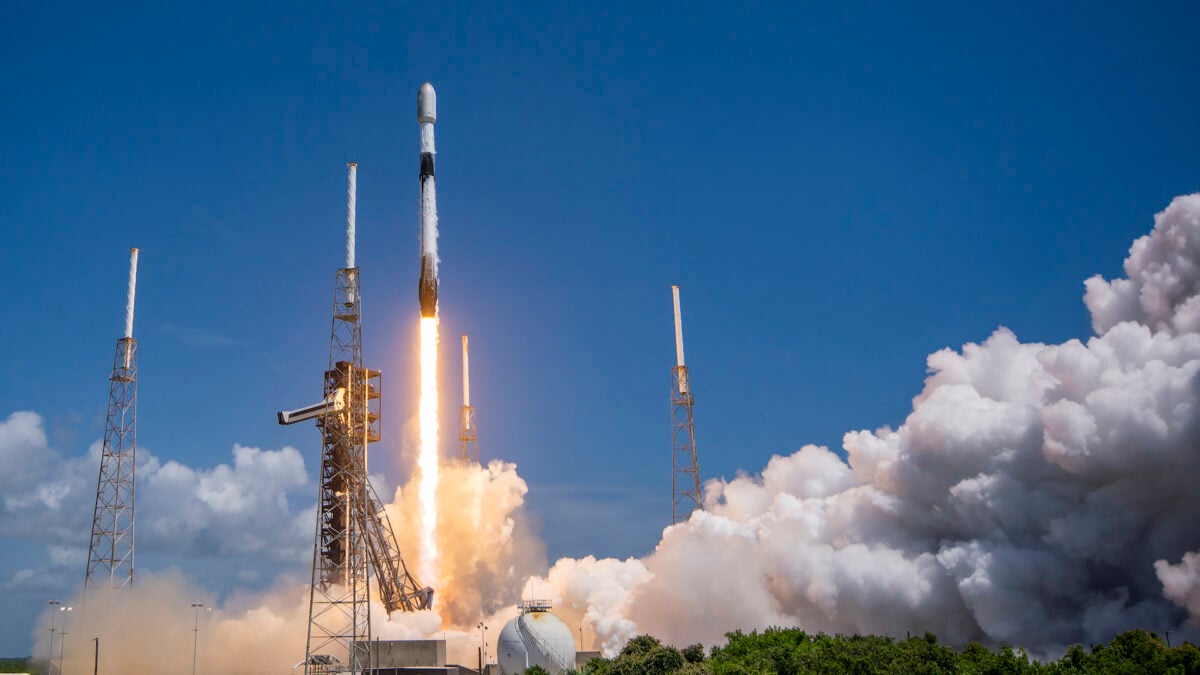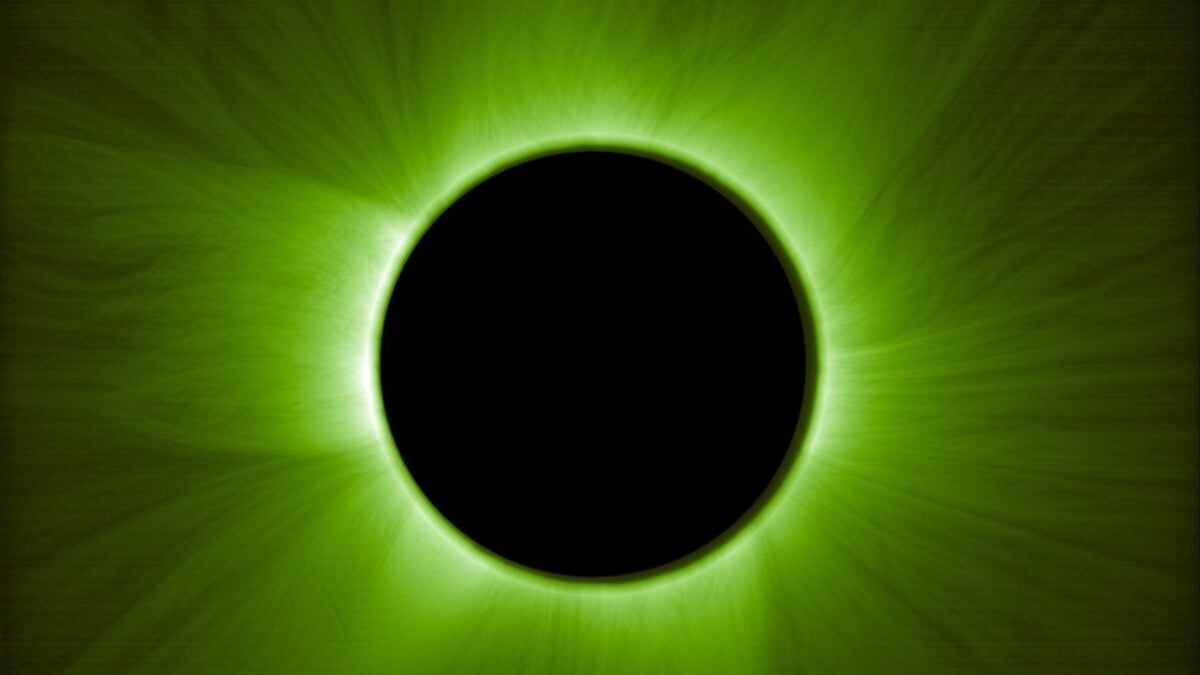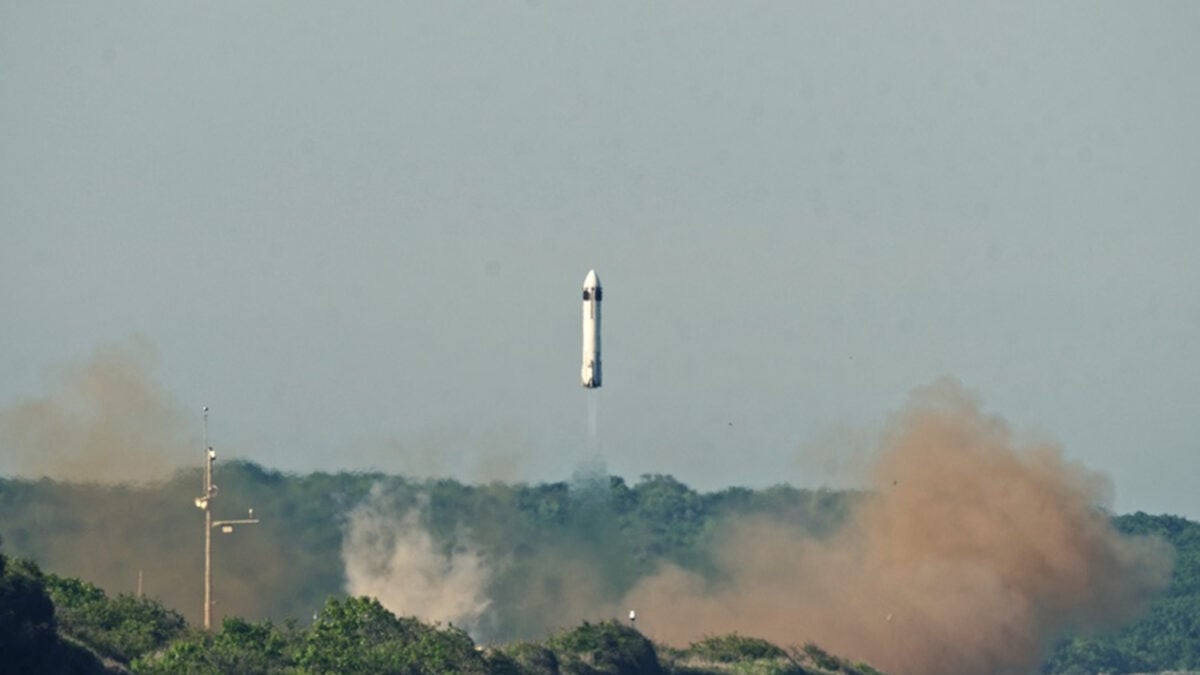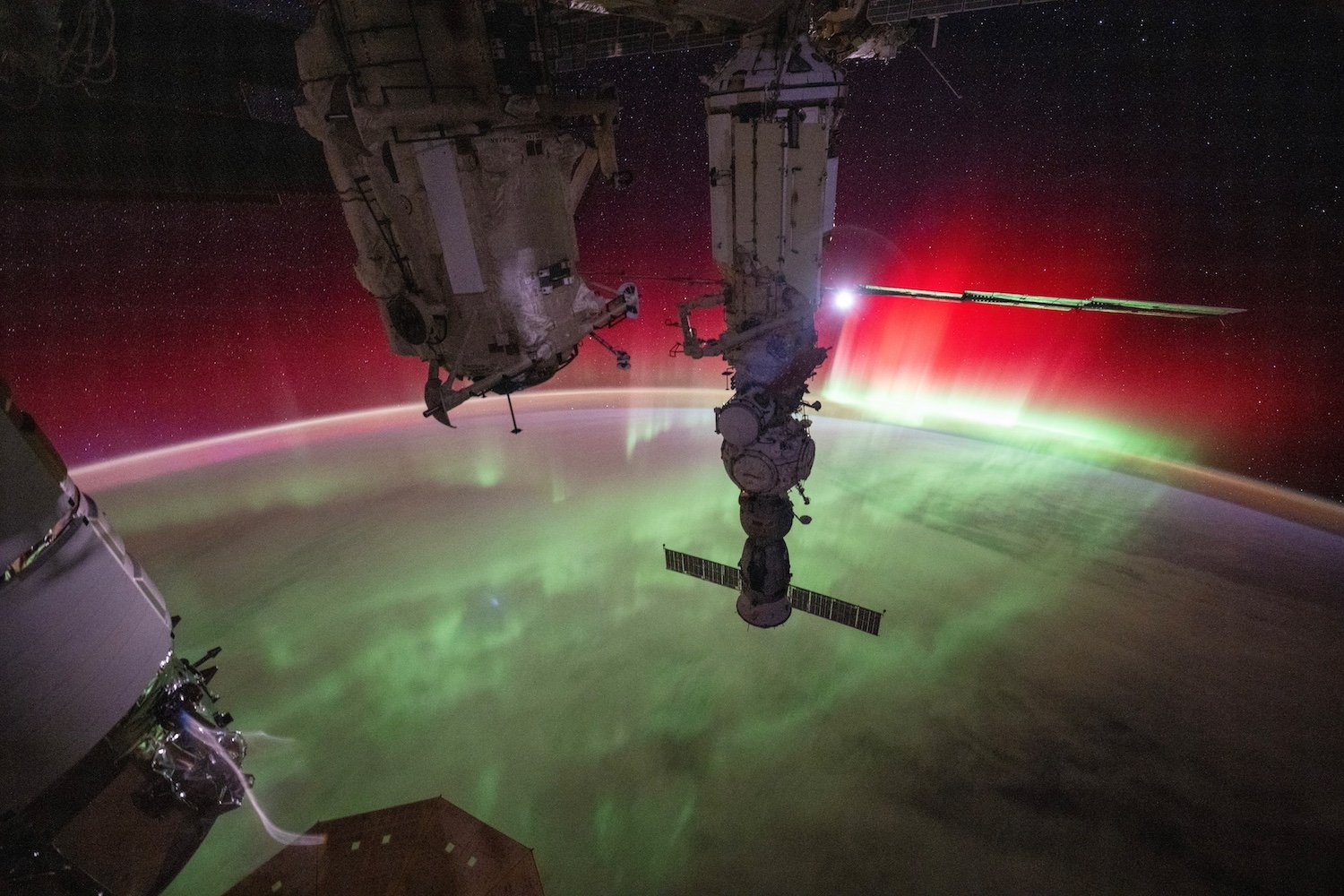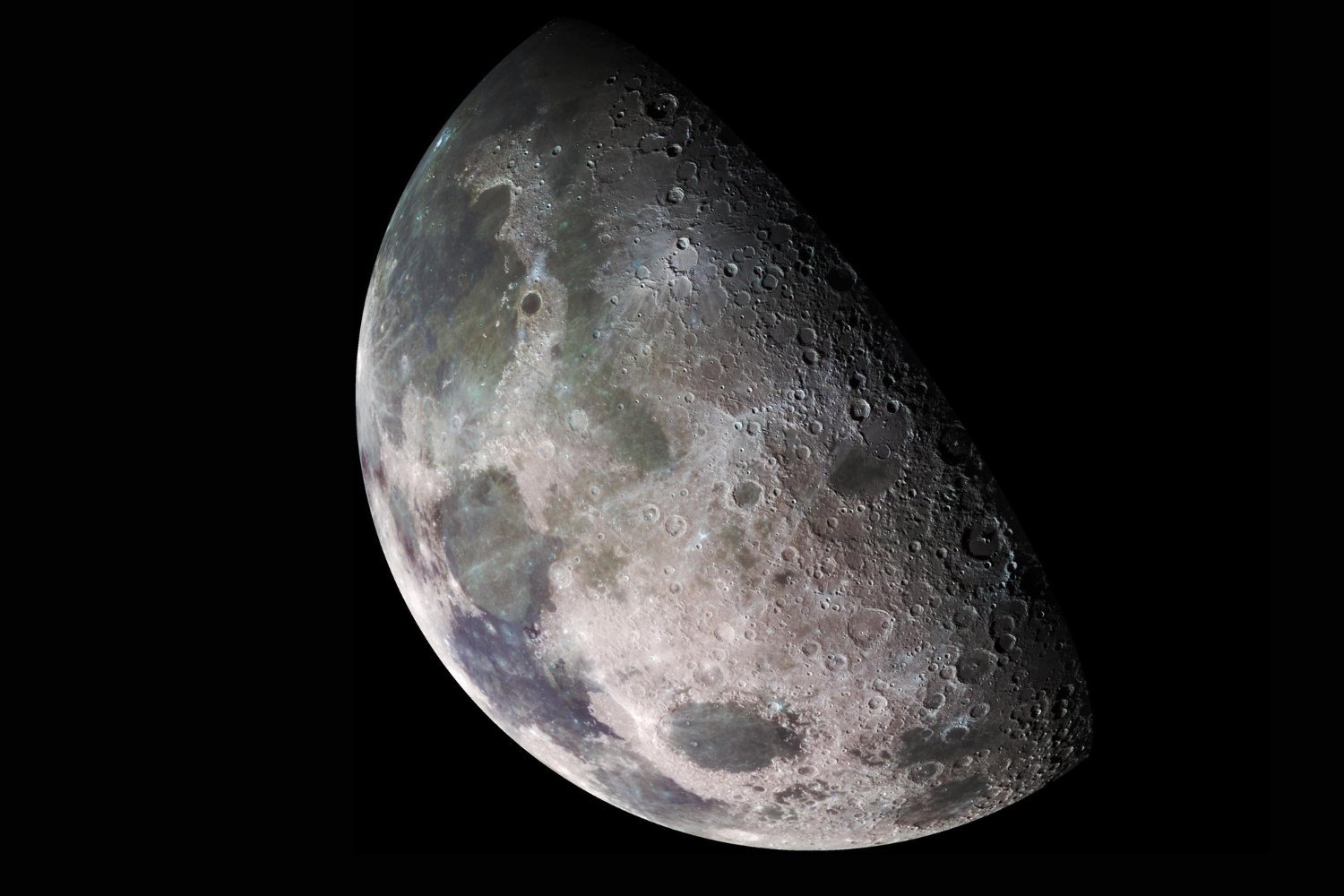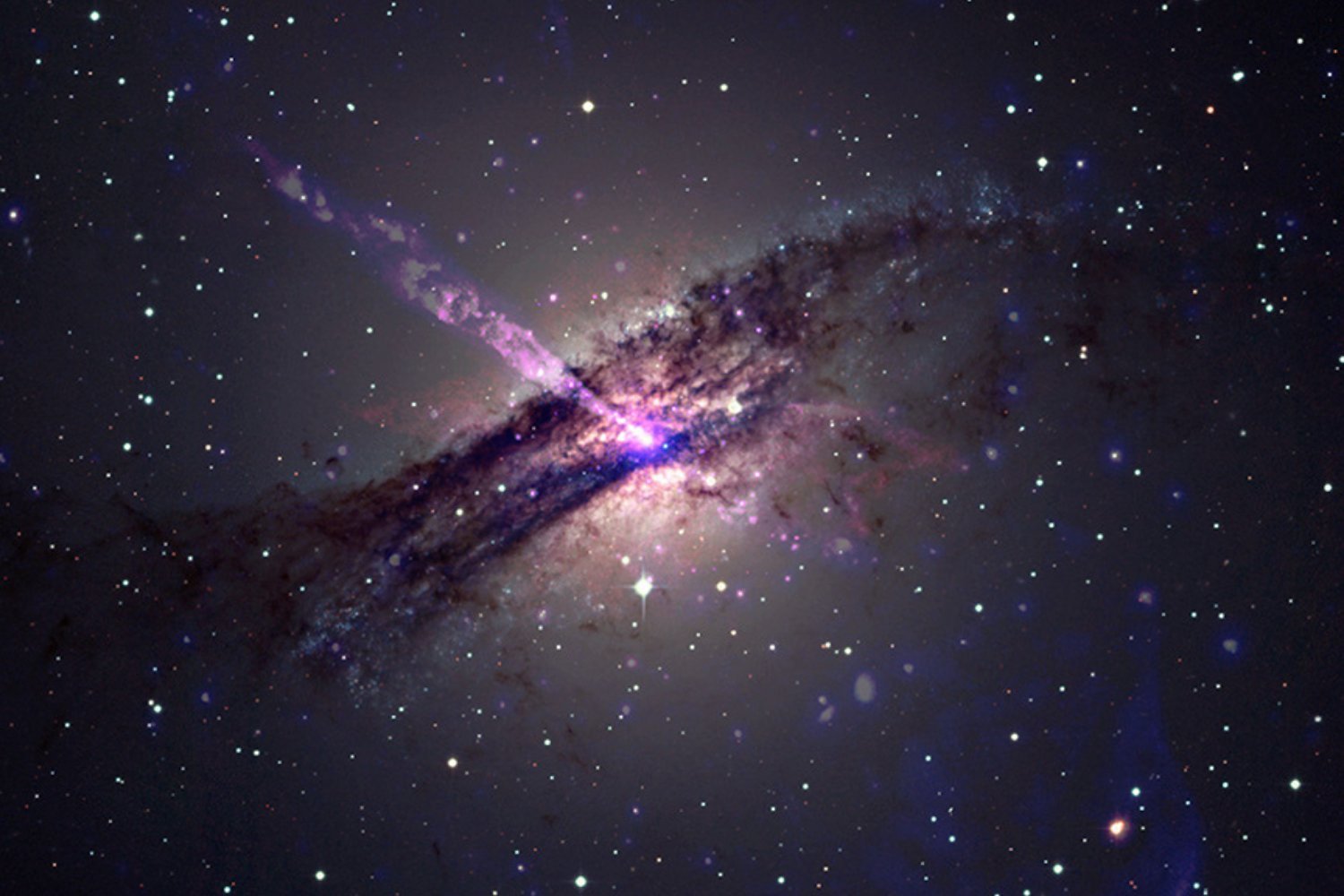The era of largely free access to the skies for the burgeoning space industry may be drawing to a close. Major rocket companies such as SpaceX and United Launch Alliance (ULA) could soon face mandatory fees to support Federal Aviation Administration (FAA) oversight and airspace coordination. This initiative is part of a wider strategy to help regulatory bodies keep pace with the rapidly expanding commercial launch sector and address potential FAA rocket launch fees.
A budget reconciliation bill introduced by Senator Ted Cruz proposes that the FAA commence charging licensing fees to rocket companies beginning next year. These collected funds would be directed into a trust fund, enabling the FAA’s Office of Commercial Space Transportation (AST) to secure additional resources. Such resources are crucial for managing the increasing volume of rocket launches, especially as the AST confronts budget constraints in the upcoming fiscal year.
The Drive for New Commercial Space Launch Fees
Currently, space launch operators like SpaceX pay relatively minor fees associated with the application process for launch and reentry licenses issued by the FAA. In exchange, the FAA ensures airspace is clear of commercial and private air traffic during rocket launches and along reentry corridors. This contrasts sharply with the aviation industry, where airlines contribute significantly through fees to the Airport and Airway Trust Fund, which constitutes nearly half of the FAA’s annual budget.
The rapidly growing commercial space industry is placing an increasing strain on FAA resources. Proponents of the new bill argue it is time for these space companies to contribute more equitably. “You have this group of new users that are paying nothing into the system that are an increasing share of the operations, and I truly believe the current structure isn’t sustainable,” stated former FAA administrator Michael Huerta in a May 2024 interview with NPR.
FAA’s Rationale and SpaceX’s Position
Historically, the FAA waived substantial fees for space companies to encourage the industry’s development in its nascent stages. However, the landscape has changed dramatically. Last year, SpaceX alone launched 134 rockets into orbit, predominantly its Falcon 9, and aims for 170 launches in 2025. As the dominant player, SpaceX is the primary user of U.S. airspace for launches, while other entities like ULA conducted a total of five launches in 2024.
Interestingly, SpaceX executives have been among the most vocal critics of the FAA’s perceived lack of resources and its challenges in keeping up with the dynamic space sector. In 2023, William Gerstenmaier, SpaceX’s Vice President of Build and Flight Reliability, testified before a Senate subcommittee on space and science. He warned that the FAA’s licensing department was in “great distress” and required “twice the resources it has today.” It’s unlikely SpaceX anticipated that the funding for these enhanced resources might derive directly from their own operational costs.
Understanding the Proposed Fee Structure
The new bill outlines a fee structure based on the payload weight per launch. It suggests starting at $0.25 per pound in 2026, with an incremental increase of approximately $0.10 each year. By 2033, companies could face charges of $1.50 per pound of payload. For a typical SpaceX Falcon 9 launch carrying Starlink satellites, this would translate to an average fee of around $9,400 in 2026, according to analysis by Ars Technica. Based on SpaceX’s 89 Starlink missions in 2024, such fees would have amounted to approximately $836,600 under the proposed guidelines.
FAA Budgetary Context and the Impact of New Fees
The FAA’s AST is indeed operating under tight budgetary conditions for 2026. The administration’s preliminary budget proposal allocates $42 million for AST. The FAA’s total budget request for 2026 stands at $22 billion, with only a small fraction designated for expanding staff for launch and reentry licensing. While the budget for the FAA’s commercial space office saw an increase from $27.6 million in 2021 to $42 million in 2024 to reflect the rising launch cadence, the AST’s budget for 2024 and 2025 remained relatively flat, not accounting for inflation or the industry’s continued expansion. The proposed trust fund, bolstered by these new commercial space launch fees, could significantly alleviate this budgetary pressure, enabling the FAA to scale its rocket licensing operations more effectively.
Ultimately, while space companies have frequently criticized regulatory bodies like the FAA for slow approval processes, the introduction of these user fees might mean they will soon need to contribute financially to achieve the speedier timelines and enhanced support they desire for their launch activities. This development signals a maturing industry where users are expected to help fund the infrastructure and regulatory framework they rely upon.



